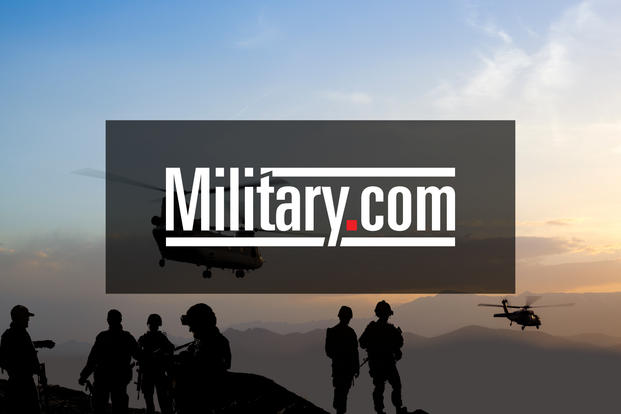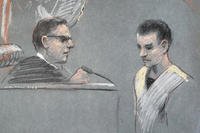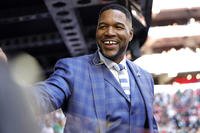The Army's chief of staff said Tuesday that in about 10 years, the service must be ready to fight in megacities, a type of warfare that will require future units to resemble today's special operations forces.
Speaking at the Future of War Conference 2017 hosted by New America in Washington, D.C., Gen. Mark Milley said that the character of warfare will likely go through a fundamental shift over the next decade.
The world's population is steadily moving toward living in megacities. Currently, there are about a dozen of these huge urban areas with populations of more than 10 million. By mid-century, "we are going to have at least 50 or more," Milley said.
If war is about politics, it is going to be fought where people live, and "it will be fought, in my opinion, in urban areas," he said. "That has huge implications for the United States Army."
The service has been primarily designed to fight in woodland and desert environments with rolling terrain, the chief said, adding that the service has the capability but is less suited for jungle, mountain and urban warfare.
Urban Warfare
"So what this means then -- and I have discussed this with the Army leadership -- we are going to have to ... optimize the Army for urban warfare," he said.
This has implications for equipment, from the "width, size and weight of tanks" to the "rotor-span of helicopters," the general said.
Truly preparing for urban warfare will mean redesigning fighting units to better cope with the compartmenting nature of city streets, buildings, floors and rooms, he said.
"The Army will definitely have to organize differently, probably into smaller, more compartmented groups," Milley said. "We will have to have, what I think, is a lot of relatively small formations that are networked and can leverage Air Force and naval-delivered joint fires."
The service is still debating the size of these units, but "probably somewhere in the range of companies to battalions," he said.
"If you think of how some of our special operations operate today, that may be a preview of how large your Army operates in the future," Milley said. "That doesn't mean you do away with battalions and brigades, but the fighting element will probably end up having to be a much smaller entity."
On the Move
Because of the proliferation of smartphones, which enable people to send pictures and videos very quickly, it will be increasingly difficult to avoid being observed, Milley said.
"Smaller units will have to disperse more widely; they will have to in order to survive," he said, adding that units will have to be more mobile than they are today.
"If you stay stationary for any length of time, say more than a couple of hours, you are probably going to get killed."
Training and leader development will also have to change to deal with the more complex and intense nature of fighting in megacities, Milley said, especially when it comes to avoiding civilian casualties.
"Our forces are going to have to be much more highly trained in discriminating fire -- the application of direct and indirect fire with a high degree of discrimination," he said. "We can't go out there and just slaughter people. That's not going to work."
Leadership Changes
In addition to smaller organizations, "we are probably going to have more mature, more seasoned leaders at lower levels than perhaps the organization design calls for now," Milley said.
"Again looking at the special operations forces as a model, they have majors in special operations commanding companies," he said. "The regular Army has captains. Is there a big difference? There might be. I don't know. We are going to take a look at that."
The challenge will be recruiting the right type of individuals who are capable of operating in this environment, Milley said.
"I don't want to overstate the case though. I don't want someone to walk out of here and think ... the whole Army is shifting, and we are going to do Special Forces on steroids," he said. "That is not even close to what is happening.
"The United States, as a global power, has to have a wide variety of tools in its kitbag. Special Forces is one of those tools; conventional forces are another one of those tools," Milley said. "Subs and ships and airplanes, divisions and brigades -- they all play a role."
-- Matthew Cox can be reached at matthew.cox@military.com.





























